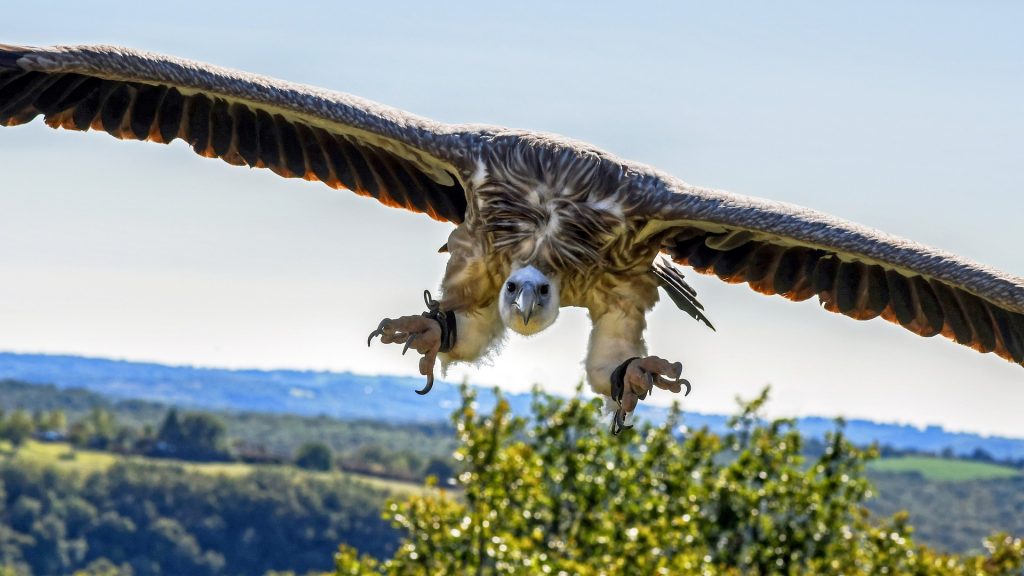Himalayan Griffon Vulture
Himalayan Griffon –The Largest Gyps Vultures of Asia
Name: Himalayan Griffon
Latin name: Gyps Himalayensis
Origin: Himalayan Chain, Plateau of Tibet
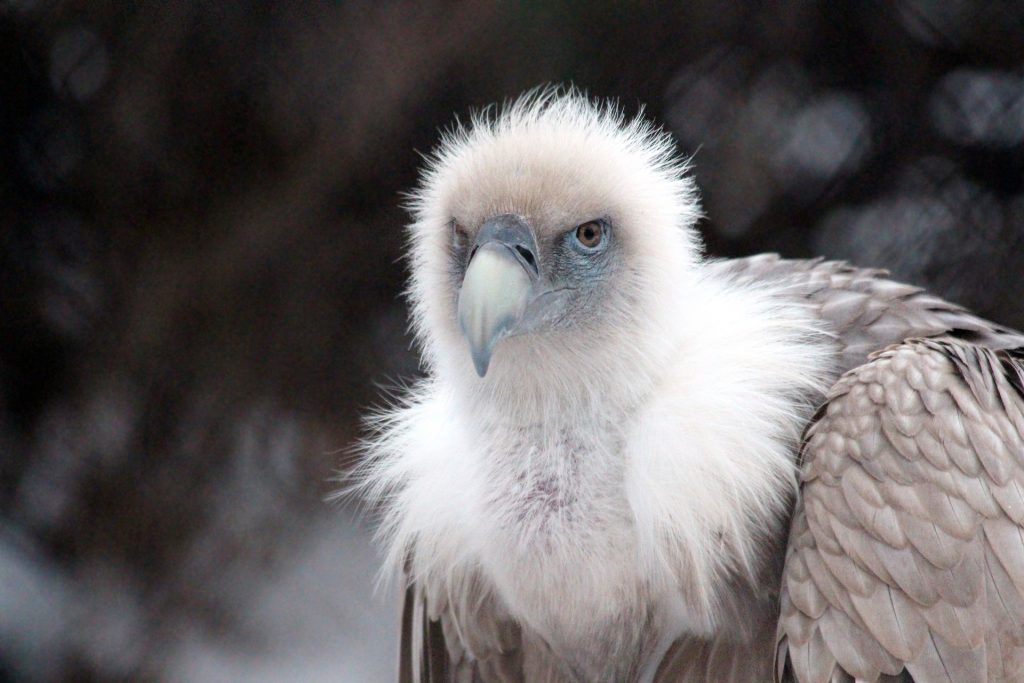
Planet Earth, on the whole, is an ecosphere of an array of flora and fauna. Among its class of vultures, the Himalayan Griffon is indigenous to the Himalayas and the Tibetan Plateau. Himalayan Griffon is the largest Asian Gyps Vulture and the second-largest local raptor after the Cinereous (Monk) Vulture. The Himalayan Vulture is listed as 'Near Threatened' on the IUCN Red List. Gliding at a high altitude, this humongous bird of prey is usually seen individually or in small groups at the site of a carcass. Then, they assemble in big herds. The Buddhists believe that the Himalayan Griffon carries the spirit of the deceased to heaven. Therefore, if these vultures do not pay a visit to the dead body, then it is supposed that the deceased erred drastically throughout their life.
Description of a Himalayan Griffon vulture IUCN
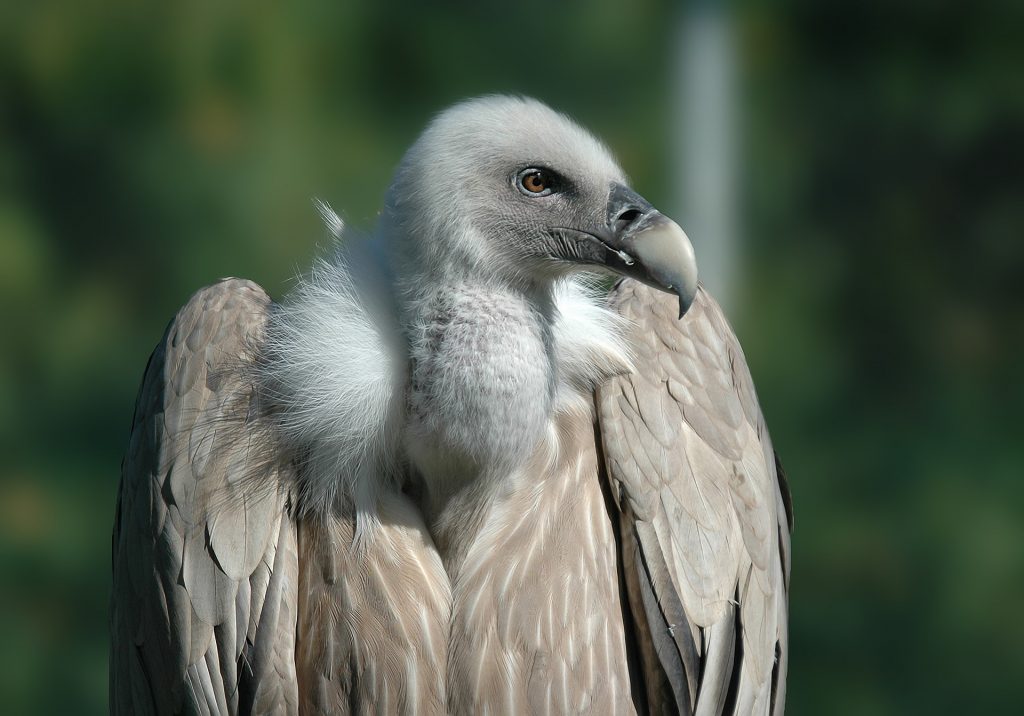
The Himalayan Griffon, the biggest and the heftiest bird discovered in the Himalayas, is also the largest genus of the Gyps species. This giant Vulture of Asia has a 95 to 130 centimeters body length and weighs around eight to twelve kilograms. Like a Cinereous Vulture, the Himalayan Griffon can reach a monstrous wingspan of about three meters. These vultures are massive, with robust bills, roughly feathered choker, elongated wings, and a little tail. They sharply differ amongst cream and blackish, while young vultures are of a darker shade. Fledglings undergo a steady transformation of bodily feathers from white down to dark brown feathers, with the head retaining a whitish hue. An adult Himalayan Vulture is a sandy brown with a pastel, unfeathered head. When witnessed flying, the Himalayan Griffon has black exteriors and a small-headed, squared-winged façade. One of the most magnificent flying bird of Asia. Himalayan Griffon IUCN status as near threatened on the IUCN Red List.
Where to find the Himalayan Griffon Vulture
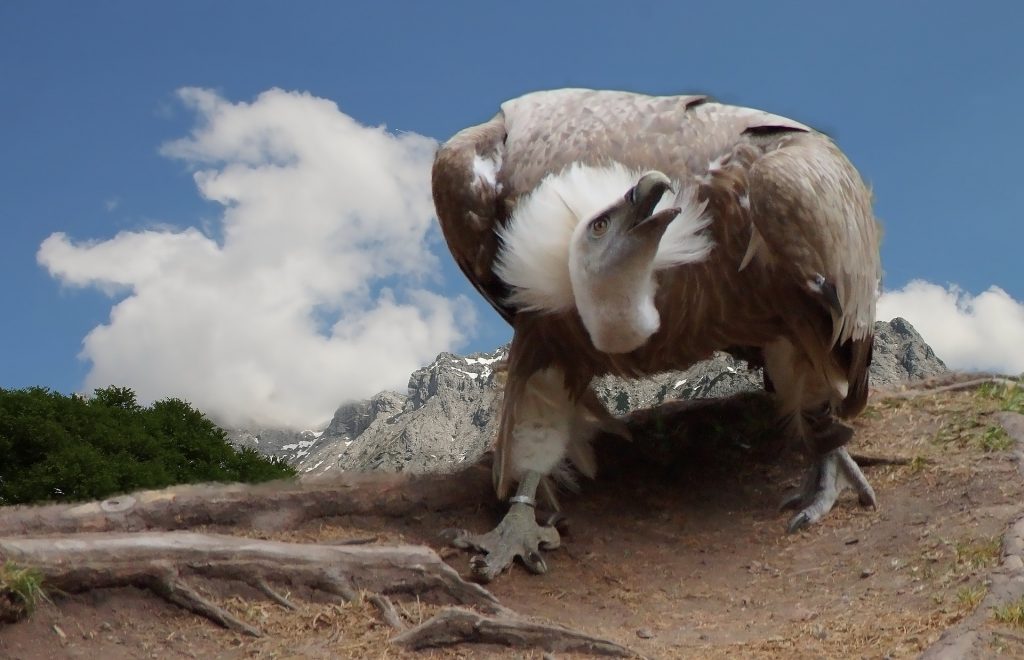
Himalayan Griffon Vulture in India is found in the northern states. The leading topographical radius of the Himalayan Griffon entails the sky-scraping highlands of Central and Southern Asia. One can find them in Kazakhstan and Afghanistan in the West, from the Altai and Tien Shan ranges, Tibetan plateau, Pamirs, and the Himalayas in the East to Western China and Mongolia. The Himalayan Vultures usually migrate only altitudinally within their Central Asian range. However, fledglings may scatter further South. Several herds of wanderers have been documented in Thailand, Burma, Singapore, and Cambodia. For the most part, Himalayan Griffon resides in the mountainous terrain along with grasslands, plateaus, alpine shrubs, forests, and caves. Himalayan vultures are extremely nomadic scavengers and usually stay far from human settlements. Their breeding sites generally elevation between 600 and 4,500 meters and scavenging areas around 5,000 meters or more. Young vultures lean towards devoting the boreal winter in the low-lying grasslands nearby the Southern verge of their scope in the Himalayas.
The Behaviour of the Himalayan Griffon Vulture
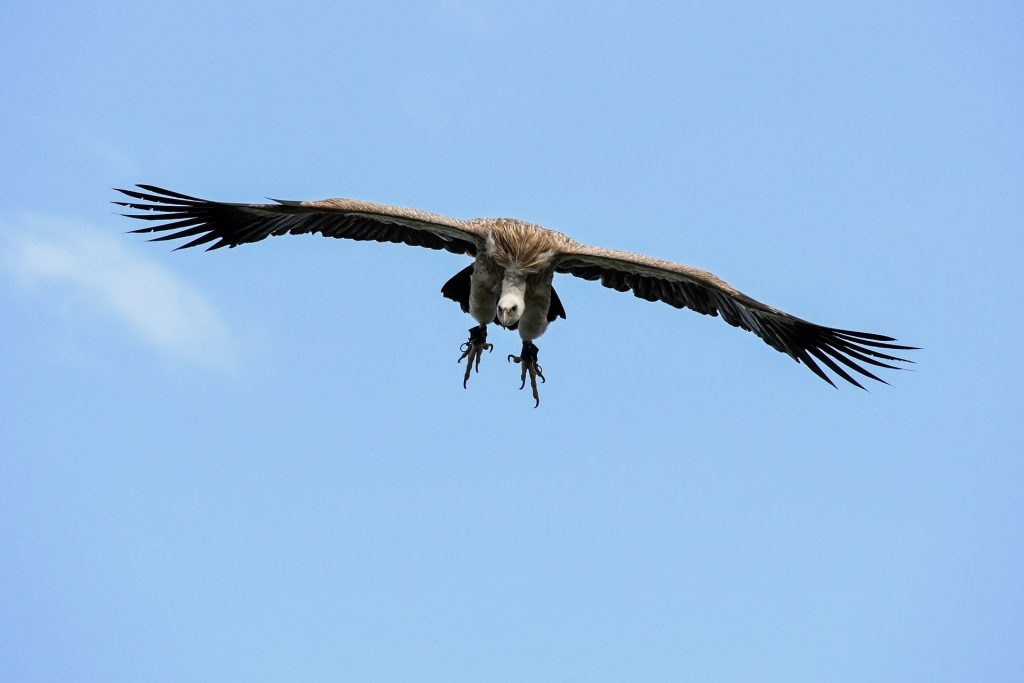
The Himalayan Griffons are particularly introverted, keep to themselves, and prefer to nest all alone or in small herds comprising four to six pairs on cliff walls. The only time they are seen in huge gatherings is at the site of a carcass. The massive bodies of these vultures offer supremacy during feeding over other vultures in mixed groups. It is only in the presence of the Cinereous Vulture that they keep a distance to keep fights and attacks at bay. Himalayan Griffons locate their food visually when they are gliding high up in the air. They also oversee other foraging birds like other vultures and corvids in search of food.
Food habits of the Himalayan Griffon
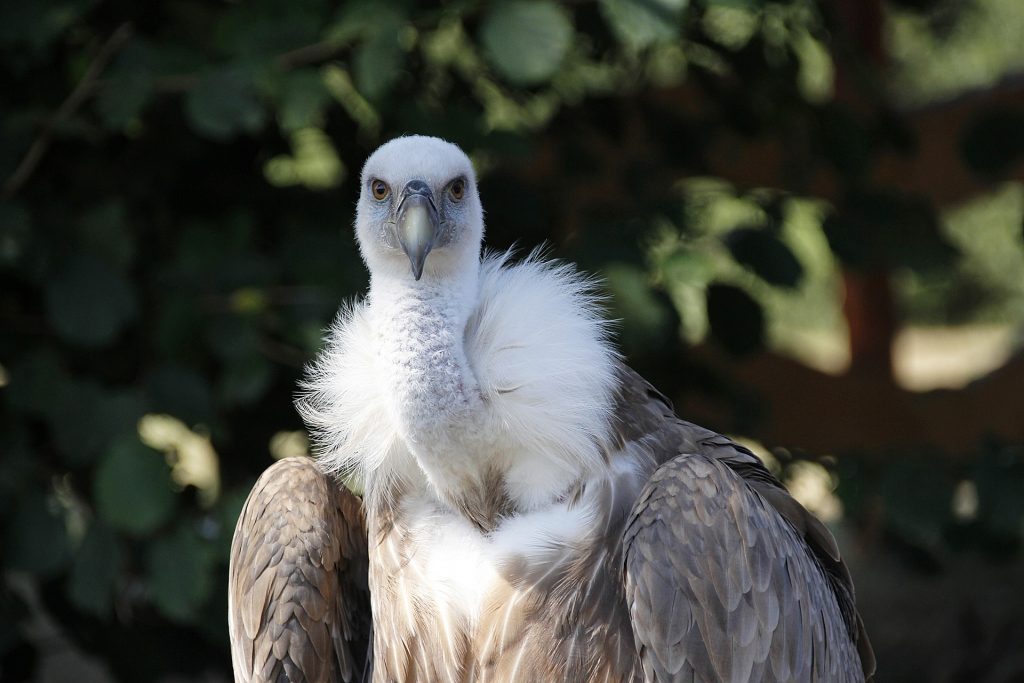
Differing from other Gyps vultures, Himalayan Griffons are predominantly experts in the carcass of giant animals. The remains of all sorts of cattle, giant feral herbivores, and human corpses are a part of the Himalayan Griffon's diet. However, domestic Yaks make up most of the food owing to their hefty biomass, trailed by wild ungulates like Tibetan asses and Tibetan antelope. Devouring solely on carrions of lifeless creatures, the Himalayan Griffon Vulture is in rivalry with birds and wolves, Snow Leopards, and different carnivores. Himalayan Vultures mostly gulp down vast parts of flesh, although tender body fragments are favored.
Breeding of the Himalayan Griffon
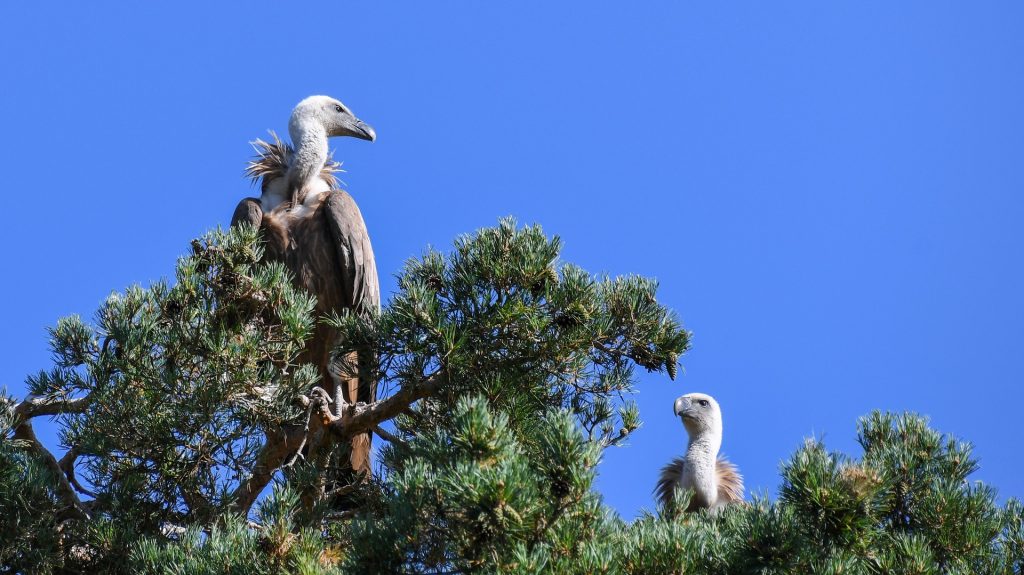
The breeding territory of the Himalayan Vulture ranges from the North-Western limit of Afghanistan and Bhutan as the Southern limit. These birds, by and significant, mate at the nest site but never on the ground. Coasting at impressive heights, up to 5,000 meters, nests are based on edges or in little caves in 100 to 200 meters up precipices. The nests are established on a foundation of twigs put on a distant edge on a cliff. Himalayan vultures get back to the same nesting and resting spots from one year to another. The Himalayan vultures breed once yearly, and just one smooth white-hued egg is laid by this species per rearing season. Nests are commonly assembled or fixed from December to March. Eggs are laid among January and April, trailed by incubating among February and May, and the raising of chicks from July to September, at which time the fledglings leave home. The whole four to five-month (sometimes six to seven months) breeding period is one of the longest recorded among Gyps vultures.
Role of Himalayan Griffon Vultures in Ecology
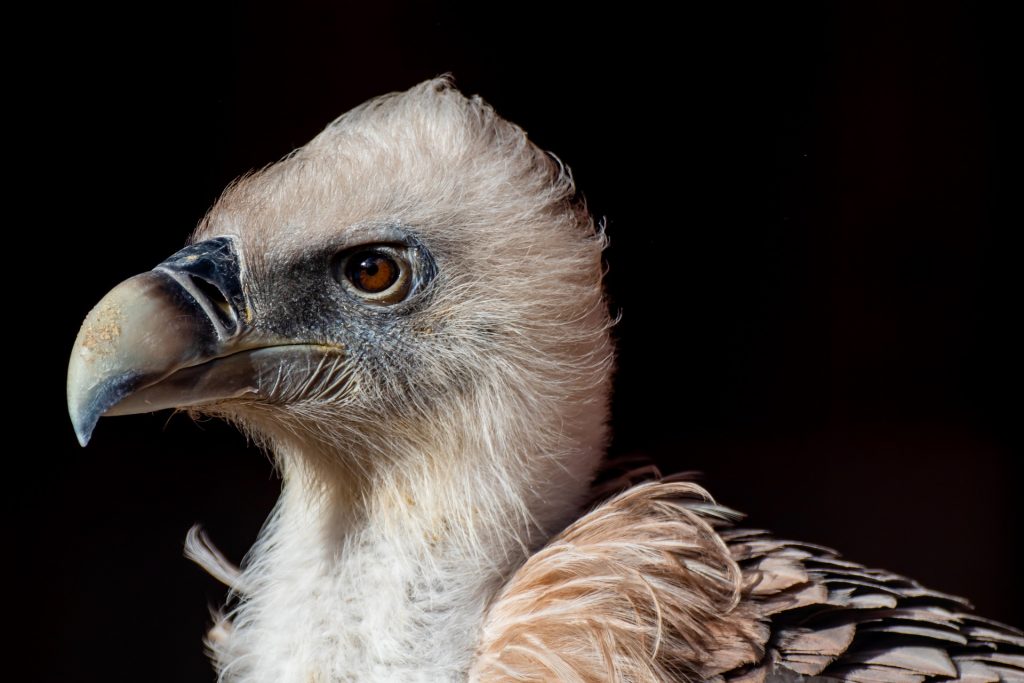
Doing the important job of assisting with eliminating and managing carcasses, Himalayan Griffon Vultures are viewed as localized foragers of the environment. Encountering petty rivalry for food resources from different scroungers, these vultures are the most prevailing avian forager on the Tibetan Plateau. The Himalayan Griffon is the primary scavenger at the Tibetan sky burials. In Tibet, the human dead are offered to the vultures at the hour of customary and heavenly memorial services. The bodies are disemboweled on traditional podiums by funeral pastors. The vast birds eat them up, which, in the Tibetan culture, is a final kind contribution of the dead, offering their tissue as nourishment for the living. It is also a more appropriate method of getting carcasses to dissolve in regions needing wood for burial or where the rough ground makes grave-burrowing troublesome. Because of this continuous custom, natives respect and safeguard these scroungers.
Threats to the Himalayan Griffon
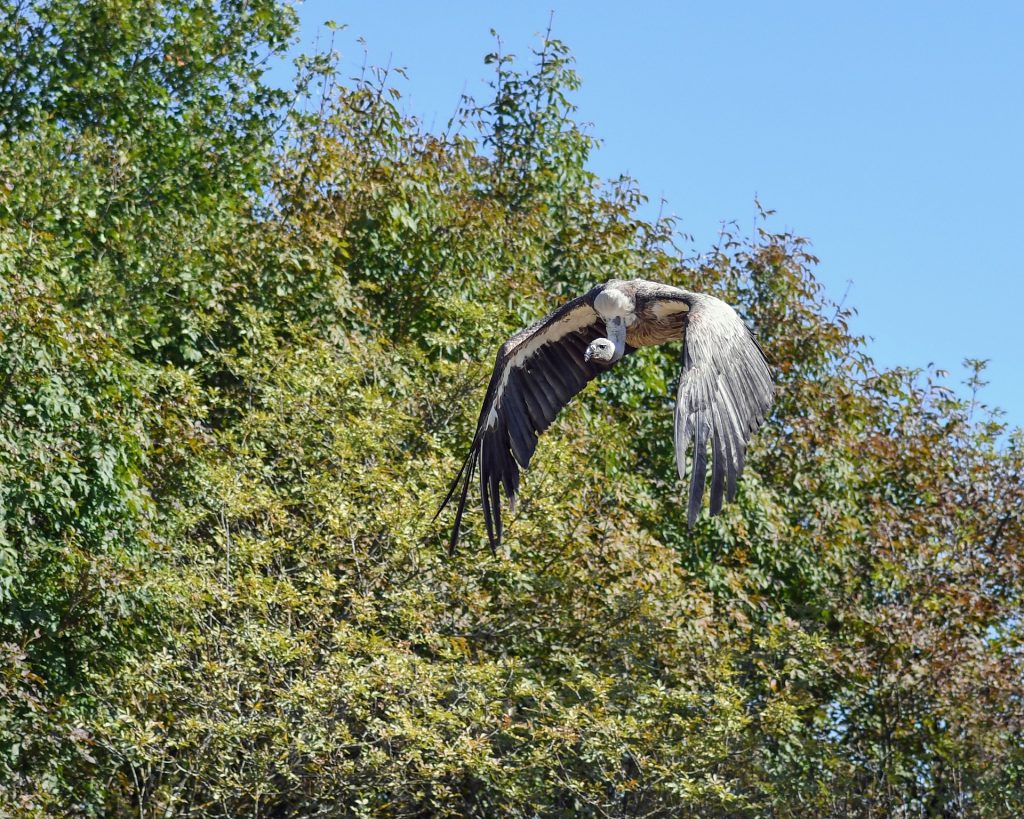
The current worldwide protection status of the Himalayan Griffon is Nearly Threatened (IUCN). It is accepted that the Himalayan vultures are vulnerable to poisoning induced by Diclofenac which is a nonsteroidal anti-inflammatory drug. Diclofenac causes visceral gout in vultures, eventually causing renal failure because they have devoured polluted bodies. In sections of Asia and Africa, the utilization of veterinary Diclofenac devastatingly affects Gyps vultures. Particularly in the marsh areas of the Indian subcontinent where the juvenile Himalayan vultures spend their winters. Diclofenac remains in domesticated animal corpses have prompted fast decreases in populaces of different Gyps vultures across Asia.
Anyway, the Himalayan Griffon Vulture populations have not given indications of rapid decline, although a reduction in nesting birds has been noted in specific fragments in Nepal. The consumption of carrots polluted with Diclofenac by Himalayan vultures is a grave danger to their survival. Gidh bird or The Indian Vulture is an Ancient Nature vulture endemic to India, Pakistan, and Nepal. Gidh bird has been registered as Critically Endangered on the IUCN Red List after 2002, as the population critically weakened. Gidh bird or Indian vultures disappeared of kidney malfunction prompted by diclofenac poisoning.
What is the meaning of GYPS?
Gyps is a genus of Old World vultures that Marie Jules César Savigny proposed in 1809. Its members are seldom recognized as Griffon Vultures.
Can you tell me more about Ruppell's Griffon Vulture?
Rüppell's Vulture is a beautiful, majestic bird that soars through the sky. But, unfortunately, the population of this once-thriving Ruppell's Griffon Vulture species has dwindled in recent years

